Home>Gardening & Outdoor>Landscaping Ideas>How Does Grass Grow
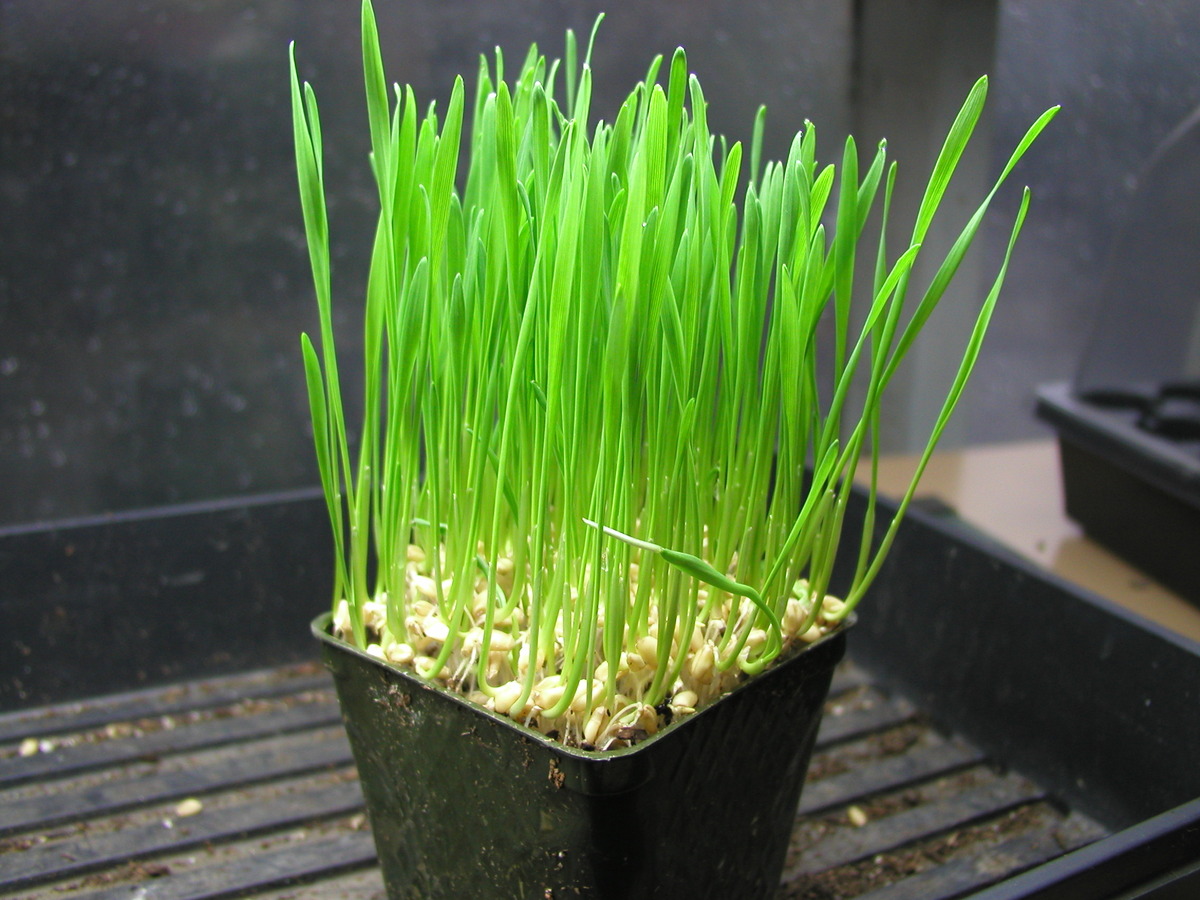

Landscaping Ideas
How Does Grass Grow
Published: January 23, 2024
Discover the best landscaping ideas for growing grass and achieving a lush, green lawn. Learn how to nurture and maintain healthy grass growth.
(Many of the links in this article redirect to a specific reviewed product. Your purchase of these products through affiliate links helps to generate commission for Storables.com, at no extra cost. Learn more)
**
Introduction
**
When envisioning a lush, vibrant landscape, the image of a healthy, thriving lawn often takes center stage. The process of cultivating and maintaining such a lawn involves a deep understanding of how grass grows. This familiar yet remarkable phenomenon is influenced by a multitude of factors, from environmental conditions to nutritional requirements. In this article, we will delve into the intricate process of grass growth, exploring the environmental influences, nutritional necessities, and the diverse spectrum of grass types. By unraveling the mysteries of grass growth, we can gain a newfound appreciation for the verdant carpets that adorn our outdoor spaces.
**
Key Takeaways:
- Grass growth is influenced by sunlight, water, air quality, and soil composition, shaping its appearance and resilience. Understanding and harmonizing these factors can create optimal conditions for a thriving lawn.
- Addressing the nutritional needs of grass, choosing the right grass type, and understanding its growth process are essential for cultivating vibrant, visually stunning lawns that endure the tests of time and weather.
Read more: How Big Does Lemongrass Grow
The Growth Process
**
The growth of grass is a testament to the resilience and adaptability of nature. This process unfolds in distinct stages, each contributing to the overall vitality of the lawn. It all begins with seed germination, where the dormant potential within each seed is awakened by the perfect combination of moisture, warmth, and oxygen. As the seed sprouts, it embarks on a journey of growth, developing roots that anchor it to the soil and absorbing essential nutrients and water from its surroundings.
Once the roots are established, the grass plant focuses its energy on producing blades, which gradually emerge from the soil and reach for the sun. This phase of growth is characterized by rapid cell division and elongation, resulting in the familiar sight of a burgeoning green carpet. As the grass matures, it enters a phase of steady maintenance, where it continuously replenishes and replaces its cells to sustain its structure and appearance.
Throughout this process, the grass undergoes periodic cycles of dormancy and rejuvenation, adapting to seasonal changes and environmental fluctuations. These cycles are essential for the long-term health of the lawn, allowing the grass to conserve energy during adverse conditions and flourish during periods of optimal growth. By understanding and respecting the natural growth process of grass, landscapers and homeowners can nurture resilient, thriving lawns that endure the tests of time and weather.
**
Environmental Factors
**
The growth of grass is intricately intertwined with the environment in which it thrives. Environmental factors play a pivotal role in shaping the development and resilience of grass, influencing everything from its appearance to its ability to withstand external stressors. Sunlight stands as a primary environmental influencer, as it fuels the process of photosynthesis, enabling the grass to convert light energy into essential nutrients. Adequate sunlight exposure is crucial for the lush, green appearance of a healthy lawn, prompting grass to flourish and maintain its vibrant hue.
Water, another elemental force, is a cornerstone of grass growth. Adequate hydration is essential for the germination of seeds, the establishment of roots, and the sustenance of the entire plant. Conversely, excessive water or waterlogged soil can lead to detrimental conditions, such as root rot and fungal diseases. Striking a delicate balance in watering practices is key to fostering optimal growth and resilience in grass.
Air quality and circulation also impact the growth of grass, as healthy airflow facilitates the exchange of gases and promotes overall vigor. Proper aeration of the soil allows roots to access oxygen and nutrients, fostering robust growth and fortifying the lawn against environmental stressors. Additionally, the composition and texture of the soil significantly influence grass growth, as well-drained, nutrient-rich soil provides an ideal foundation for healthy root development and sustained vitality.
Temperature variations, seasonal changes, and climatic conditions further shape the growth patterns of grass, prompting adaptations and dormancy cycles that contribute to its long-term survival. By understanding and harmonizing these environmental factors, landscapers and homeowners can create an optimal environment for grass growth, ensuring that their lawns thrive in harmony with the natural world.
**
Water your grass deeply and infrequently to encourage deep root growth. This will make your grass more drought-resistant and healthier overall.
Nutritional Requirements
**
Just like any living organism, grass has specific nutritional needs that must be met to support its growth and vitality. The primary nutrients essential for grass health are nitrogen, phosphorus, and potassium, often referred to as NPK. Nitrogen plays a pivotal role in promoting lush, green foliage, stimulating vigorous growth and enhancing the overall visual appeal of the lawn. Phosphorus contributes to robust root development, enabling the grass to establish a strong foundation and absorb essential nutrients from the soil. Potassium, on the other hand, bolsters the grass’s resilience, fortifying it against drought, disease, and environmental stressors.
In addition to these primary nutrients, grass also requires secondary nutrients, such as calcium, magnesium, and sulfur, to support various physiological processes and maintain overall vigor. Micronutrients, including iron, manganese, and zinc, further contribute to the health and color of the grass, ensuring that it remains vibrant and resilient throughout its growth cycle.
The availability of these nutrients in the soil is crucial for sustaining healthy grass growth. Soil testing and analysis can provide valuable insights into the nutrient composition of the soil, enabling landscapers and homeowners to tailor their fertilization practices to meet the specific needs of the grass. By applying fertilizers at the right time and in the right proportions, they can optimize the nutrient uptake of the grass, promoting robust growth and long-term vitality.
Moreover, organic matter and microbial activity in the soil play a significant role in enhancing the availability of nutrients to the grass. Healthy soil teeming with beneficial microorganisms fosters nutrient recycling and uptake, creating an environment that nurtures the sustained growth and resilience of the lawn. By addressing the nutritional requirements of grass with precision and care, landscapers and homeowners can cultivate thriving, visually stunning lawns that stand as a testament to the power of proper nourishment.
**
Grass Types
**
The world of grass encompasses a diverse array of species, each with its unique characteristics and suitability for specific environments. Cool-season grasses, including Kentucky bluegrass, fescue, and ryegrass, thrive in regions with moderate temperatures, displaying vibrant growth during the spring and fall. These grasses are well-suited for lawns in northern climates, where they endure cold winters and exhibit resilience in the face of fluctuating temperatures.
Conversely, warm-season grasses, such as Bermuda grass, Zoysia grass, and St. Augustine grass, flourish in regions with hot summers and mild winters. Their peak growth occurs during the warm months, and they boast exceptional tolerance to heat and drought, making them ideal choices for lawns in southern climates. Understanding the unique growth patterns and maintenance requirements of these grass types is essential for creating and sustaining healthy, visually appealing lawns that harmonize with their respective environments.
Furthermore, fine fescue, tall fescue, and perennial ryegrass are renowned for their shade tolerance, thriving in areas with limited sunlight and dappled shade. These grasses offer a solution for lawns nestled beneath dense tree canopies or shaded by structures, providing an opportunity to cultivate lush, verdant landscapes in challenging environments.
The selection of grass type plays a pivotal role in determining the overall appearance and resilience of a lawn. By choosing grass varieties that align with the specific environmental conditions and maintenance preferences, landscapers and homeowners can establish lawns that embody the perfect marriage of beauty and practicality, enhancing the outdoor spaces they adorn.
**
Read more: How Does Grass Grow Naturally
Conclusion
**
The growth of grass is a captivating journey that intertwines with the natural world, influenced by environmental factors, nutritional requirements, and the diverse array of grass types. By understanding the intricate growth process, landscapers and homeowners can cultivate and maintain thriving lawns that captivate the senses and enrich outdoor spaces.
Environmental factors, including sunlight, water, air quality, and soil composition, shape the growth patterns of grass, influencing its appearance and resilience. By harmonizing these factors, individuals can create optimal conditions for grass to thrive, fostering vibrant, healthy lawns that endure the tests of time and weather.
Addressing the nutritional requirements of grass with precision and care, through the application of essential nutrients and the promotion of healthy soil, is essential for sustaining robust growth and long-term vitality. By nourishing the grass with the right balance of nutrients, landscapers and homeowners can witness the transformation of their lawns into verdant, visually stunning landscapes.
Moreover, the selection of grass types tailored to specific environmental conditions and maintenance preferences is instrumental in shaping the character and resilience of a lawn. By choosing grass varieties that align with the unique attributes of their outdoor spaces, individuals can create landscapes that harmonize with their surroundings, embodying both beauty and practicality.
In embracing the intricate nuances of grass growth, we gain a profound appreciation for the resilience and adaptability of nature, as well as the transformative power of thoughtful cultivation. As we tend to our lawns with care and understanding, we not only nurture the growth of grass but also cultivate vibrant outdoor sanctuaries that enrich our lives and connect us to the natural world.
Frequently Asked Questions about How Does Grass Grow
Was this page helpful?
At Storables.com, we guarantee accurate and reliable information. Our content, validated by Expert Board Contributors, is crafted following stringent Editorial Policies. We're committed to providing you with well-researched, expert-backed insights for all your informational needs.
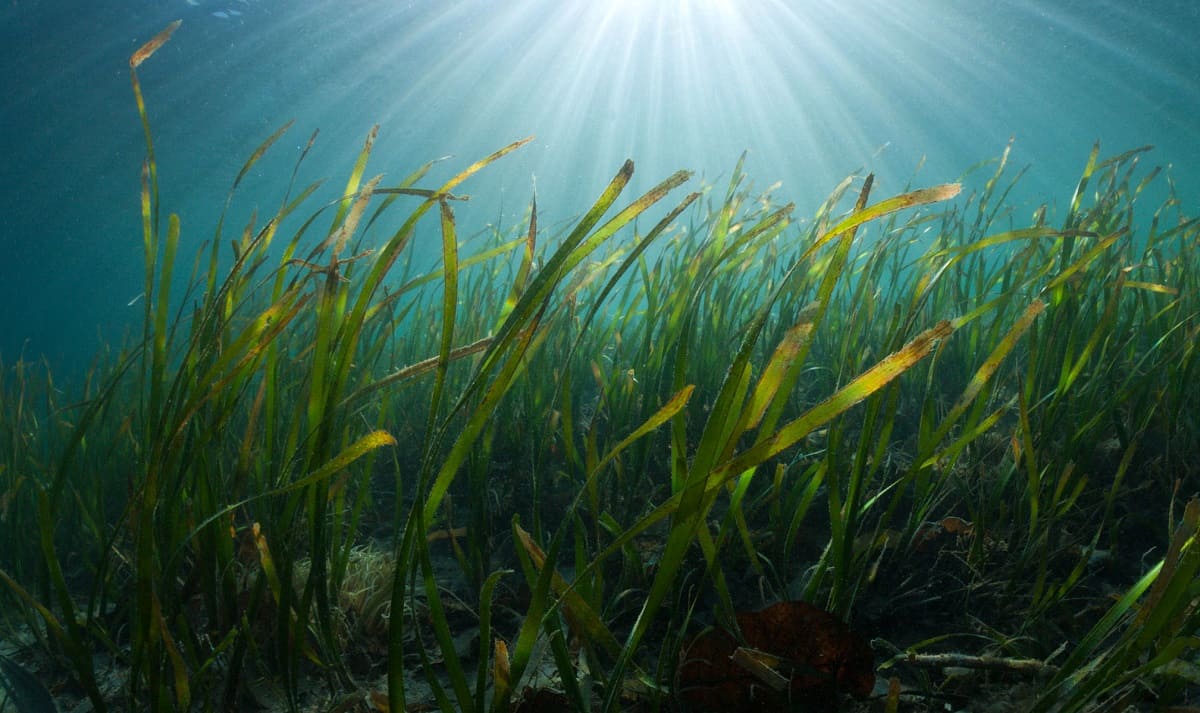
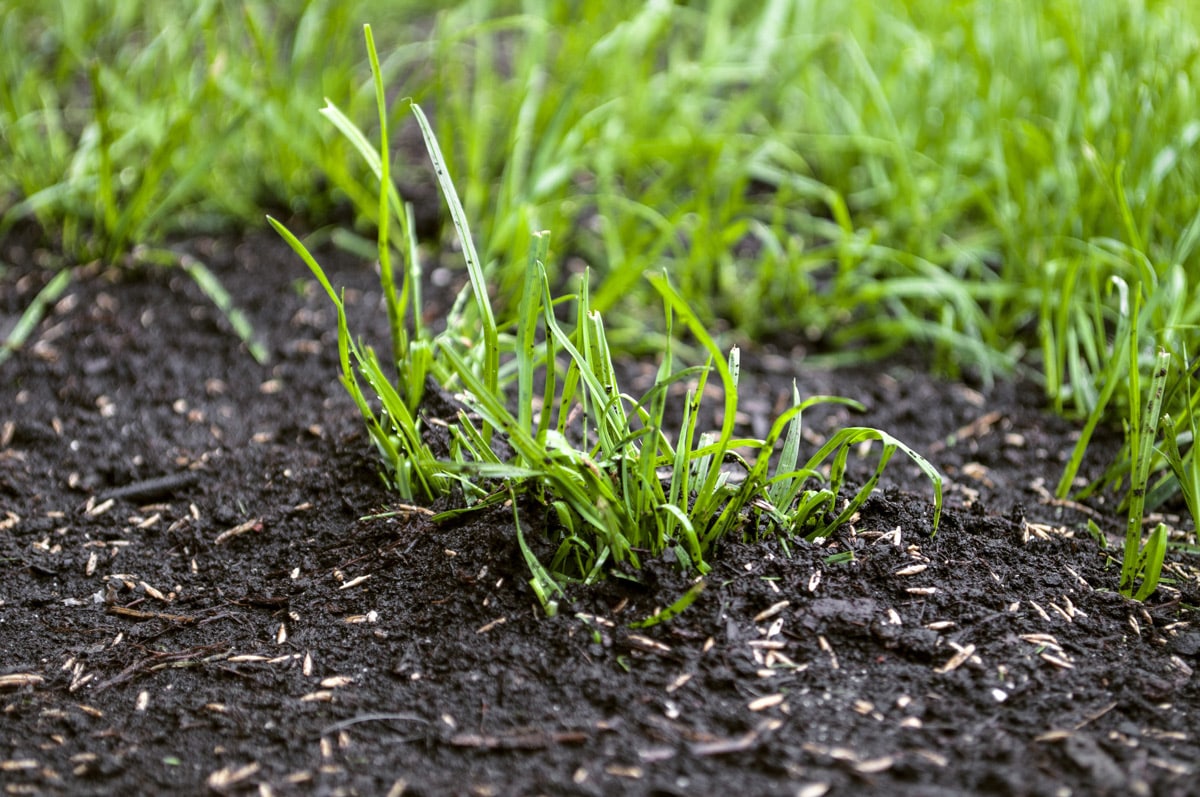
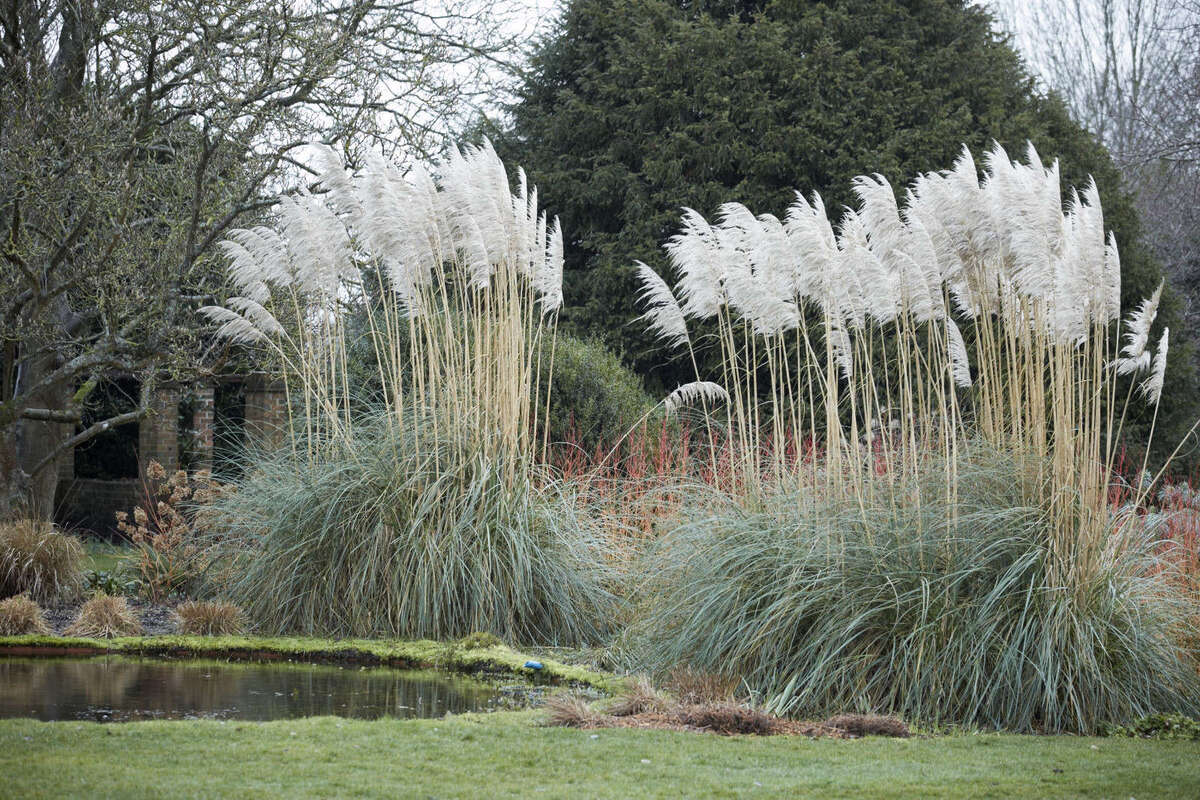
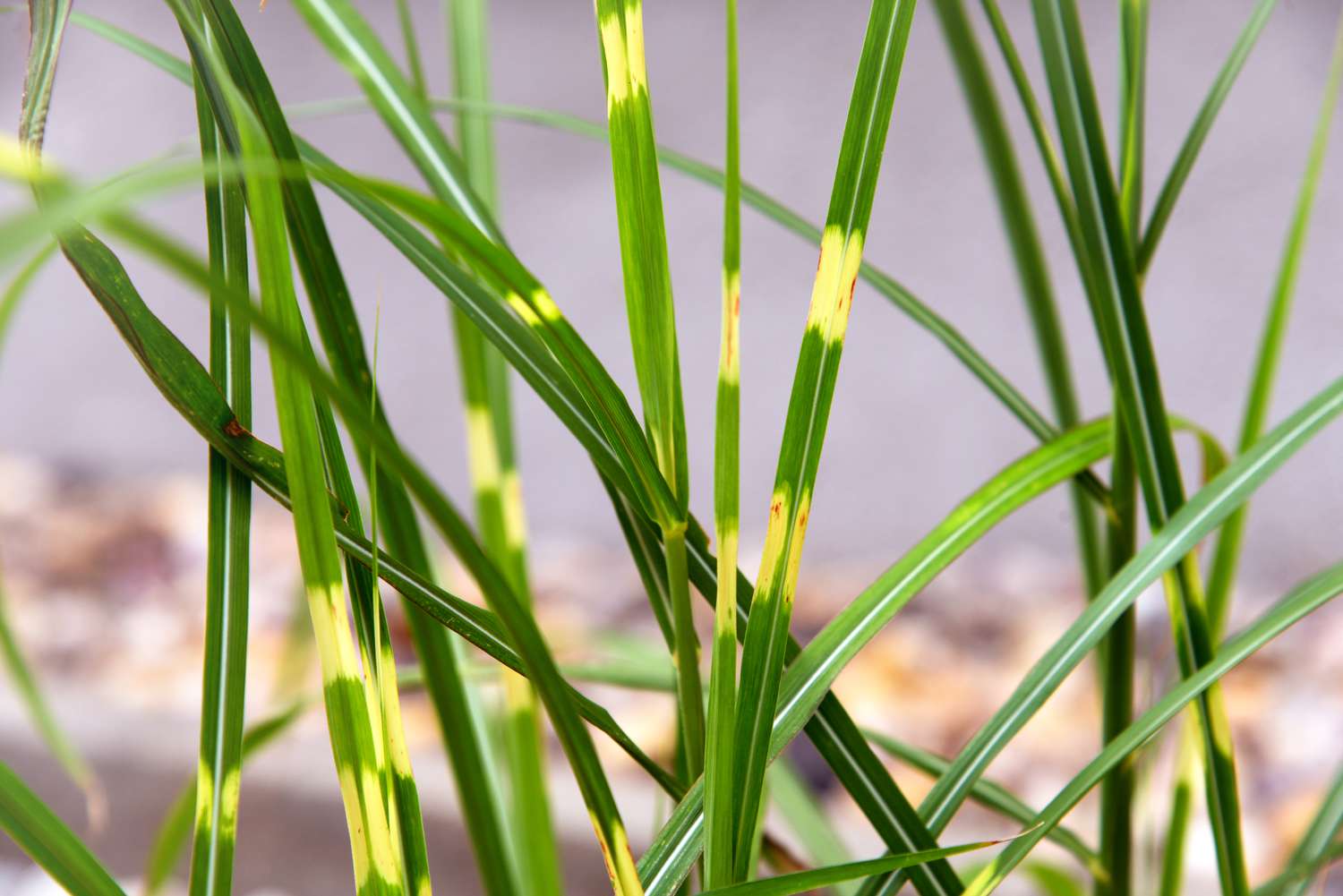
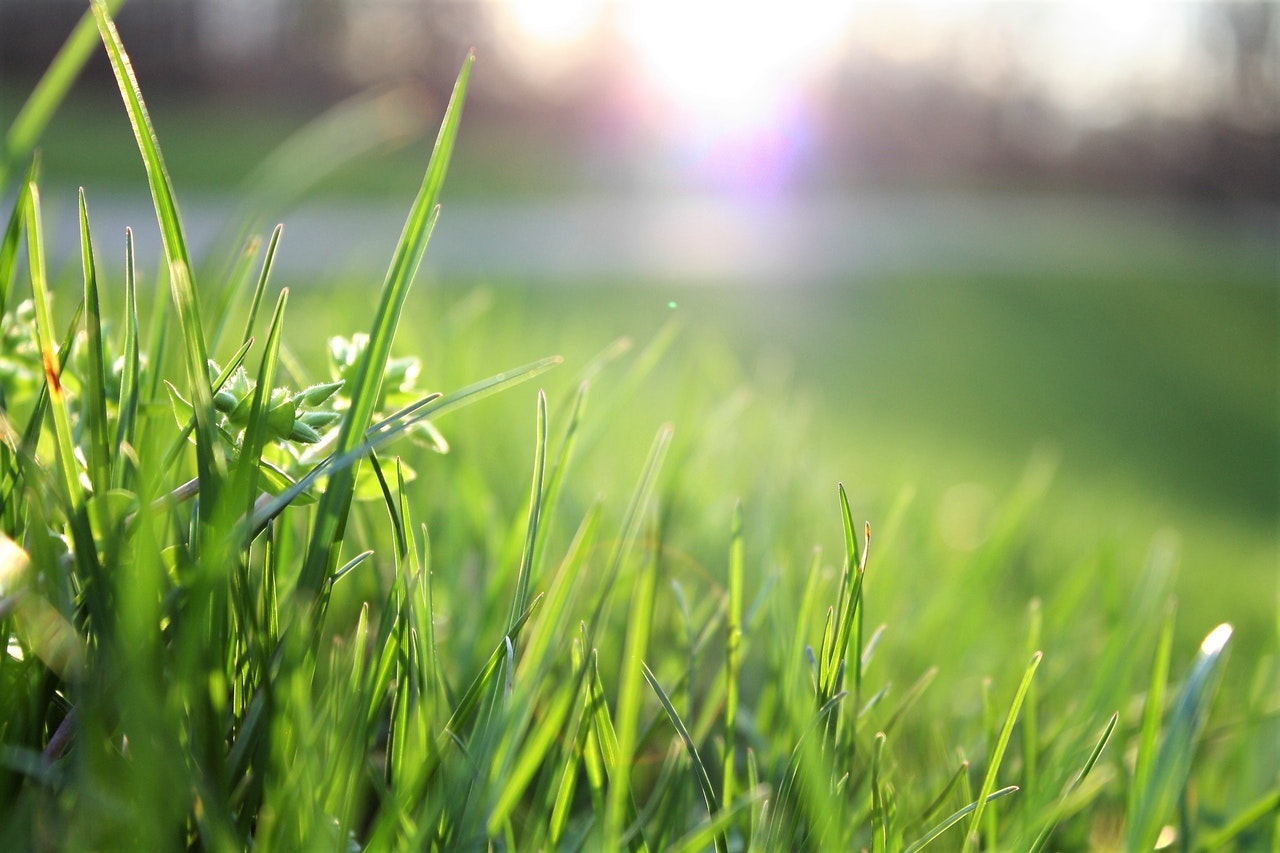
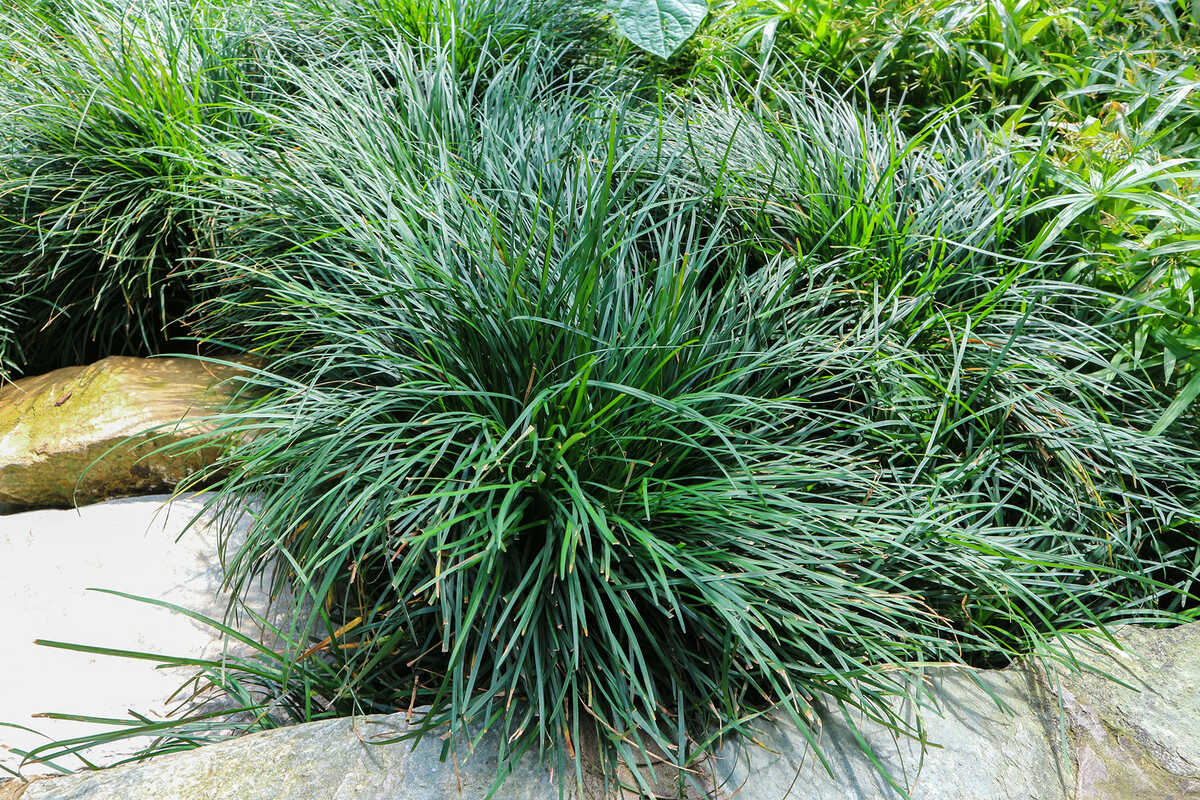
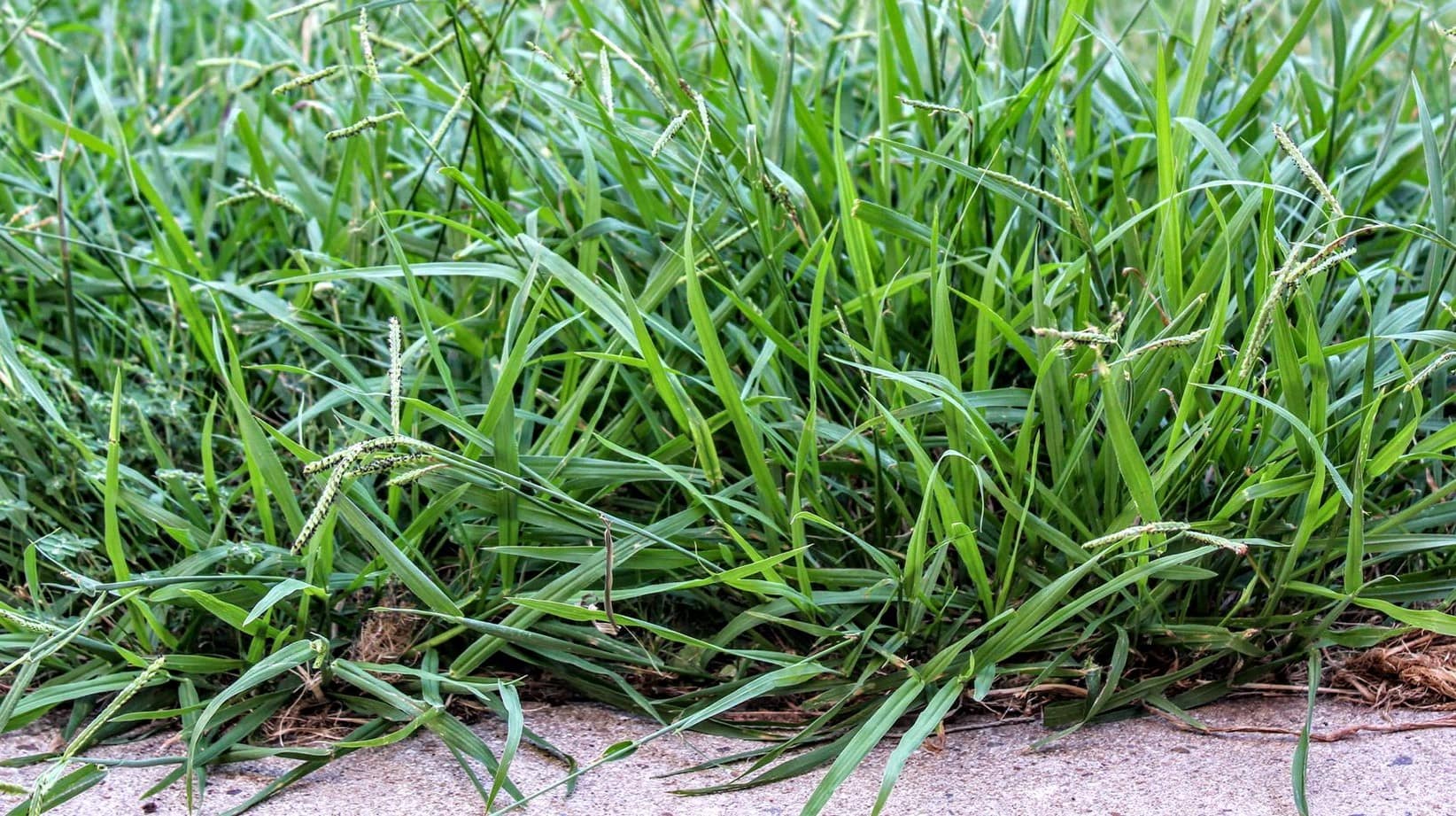
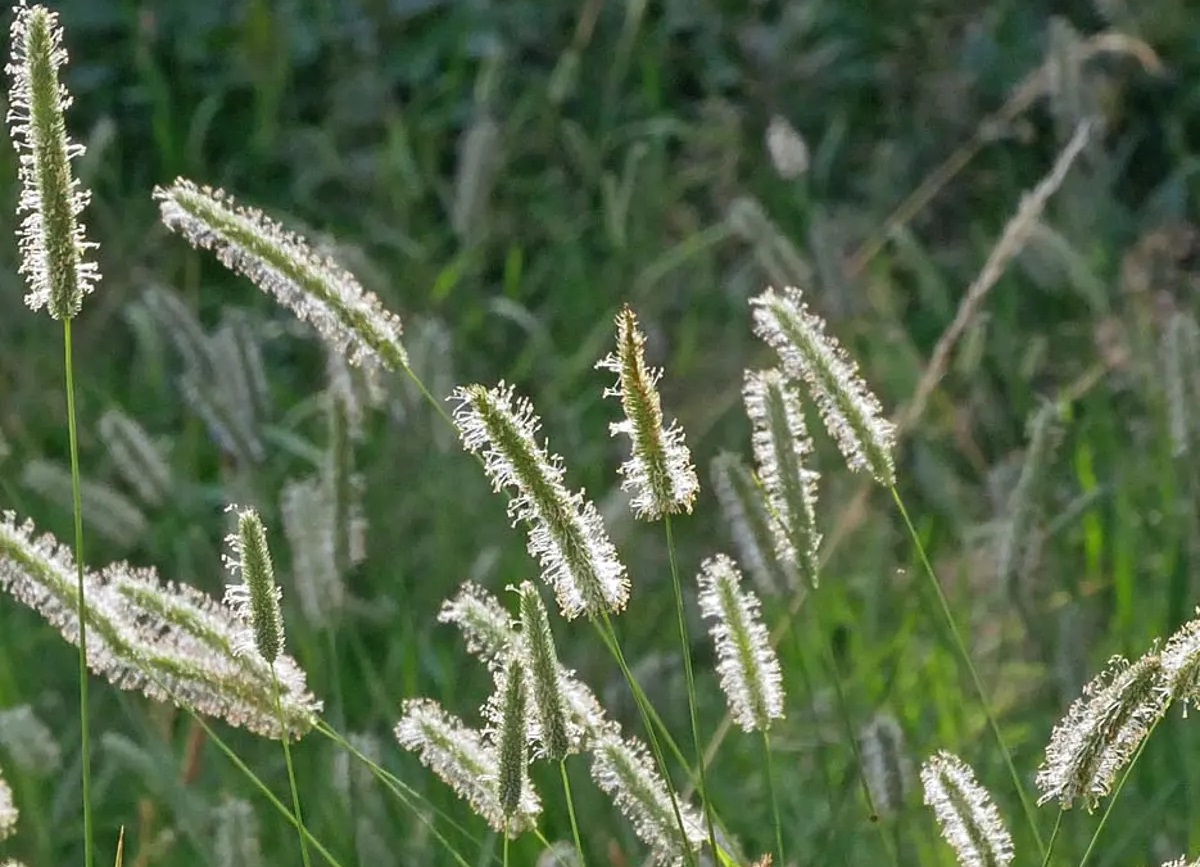
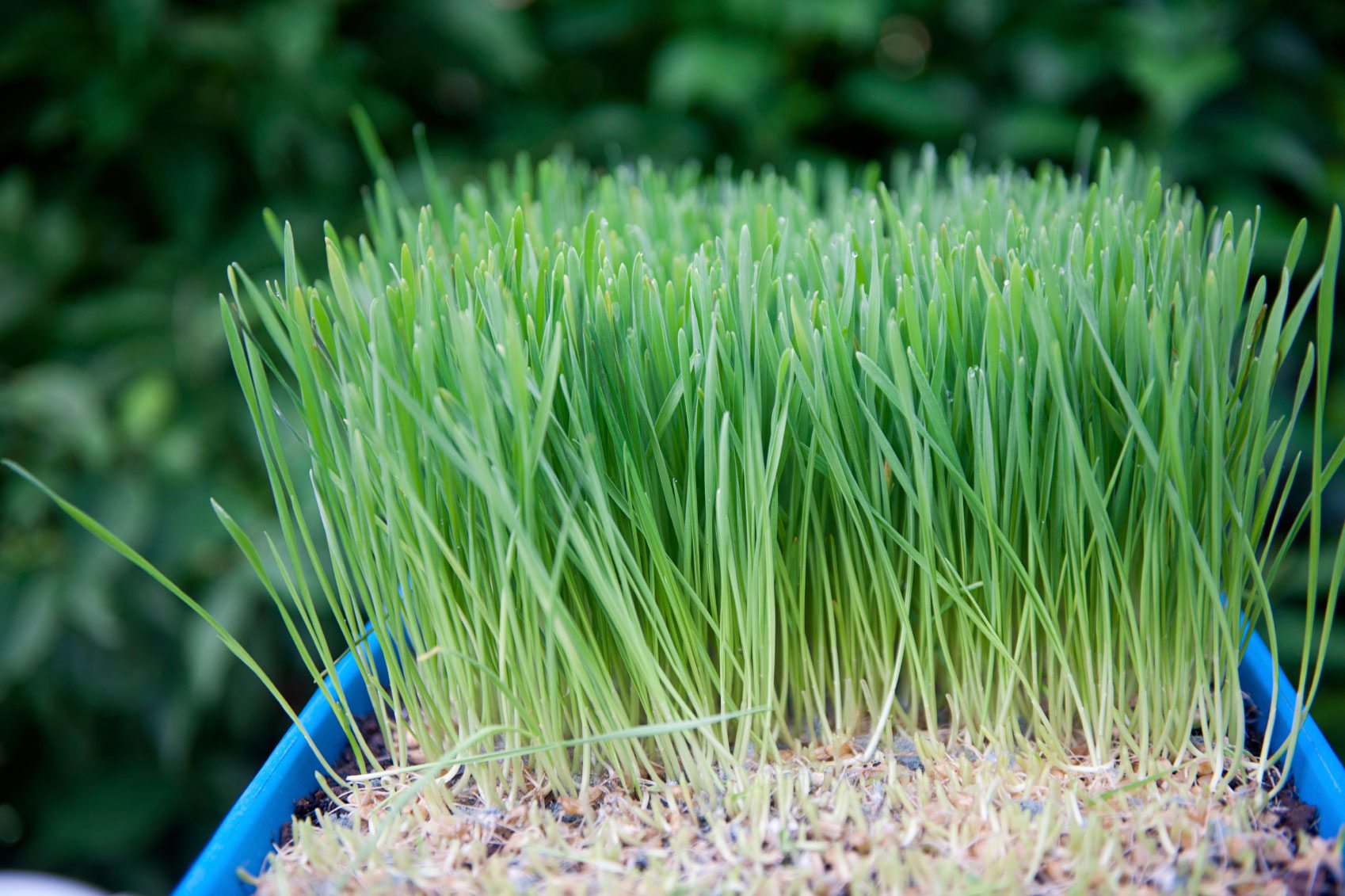
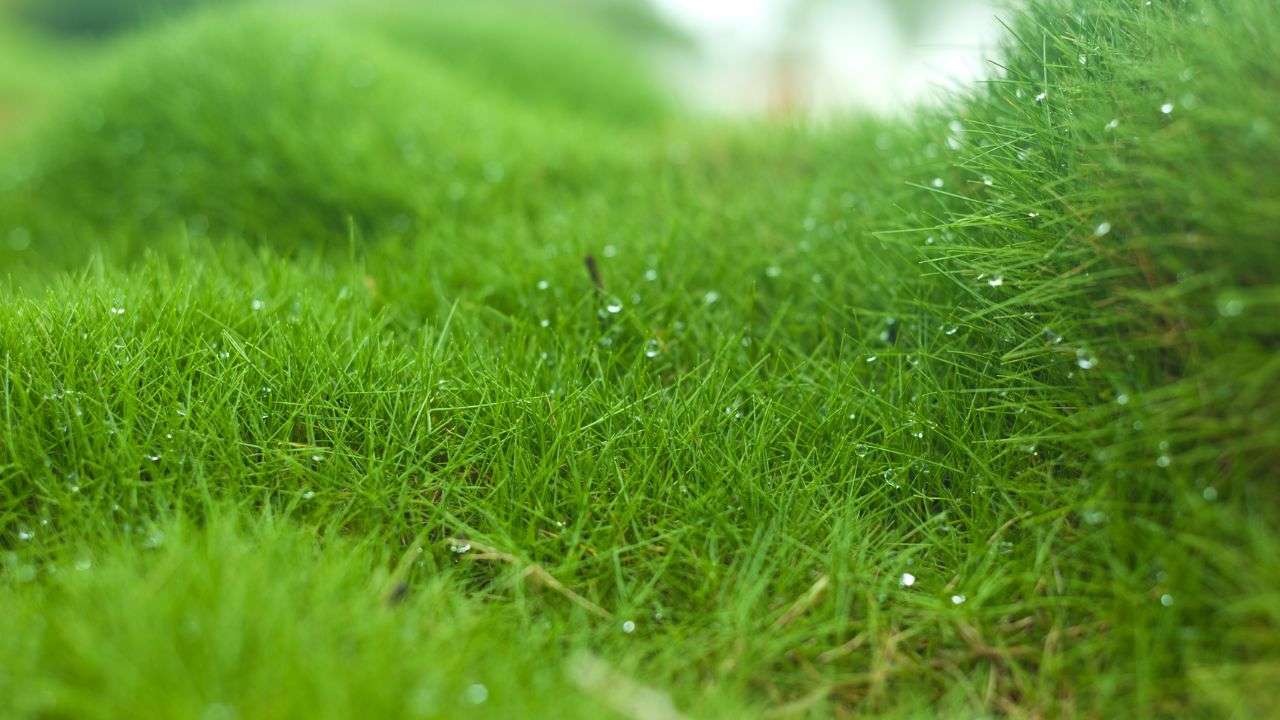
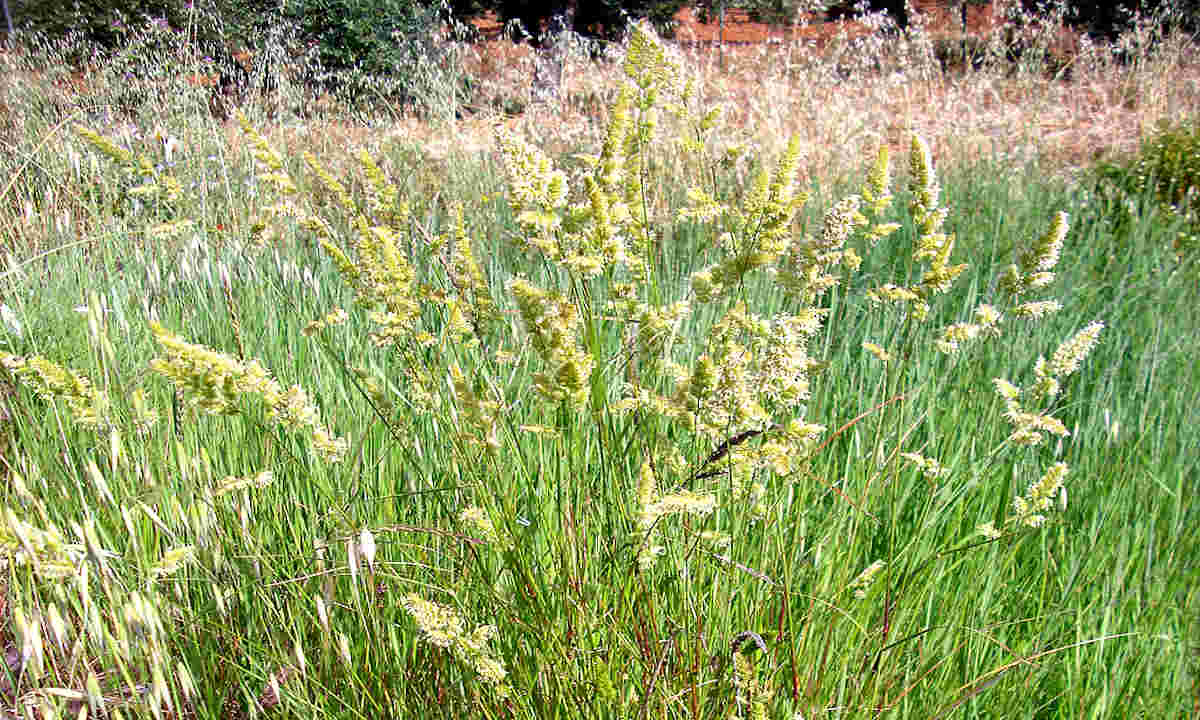
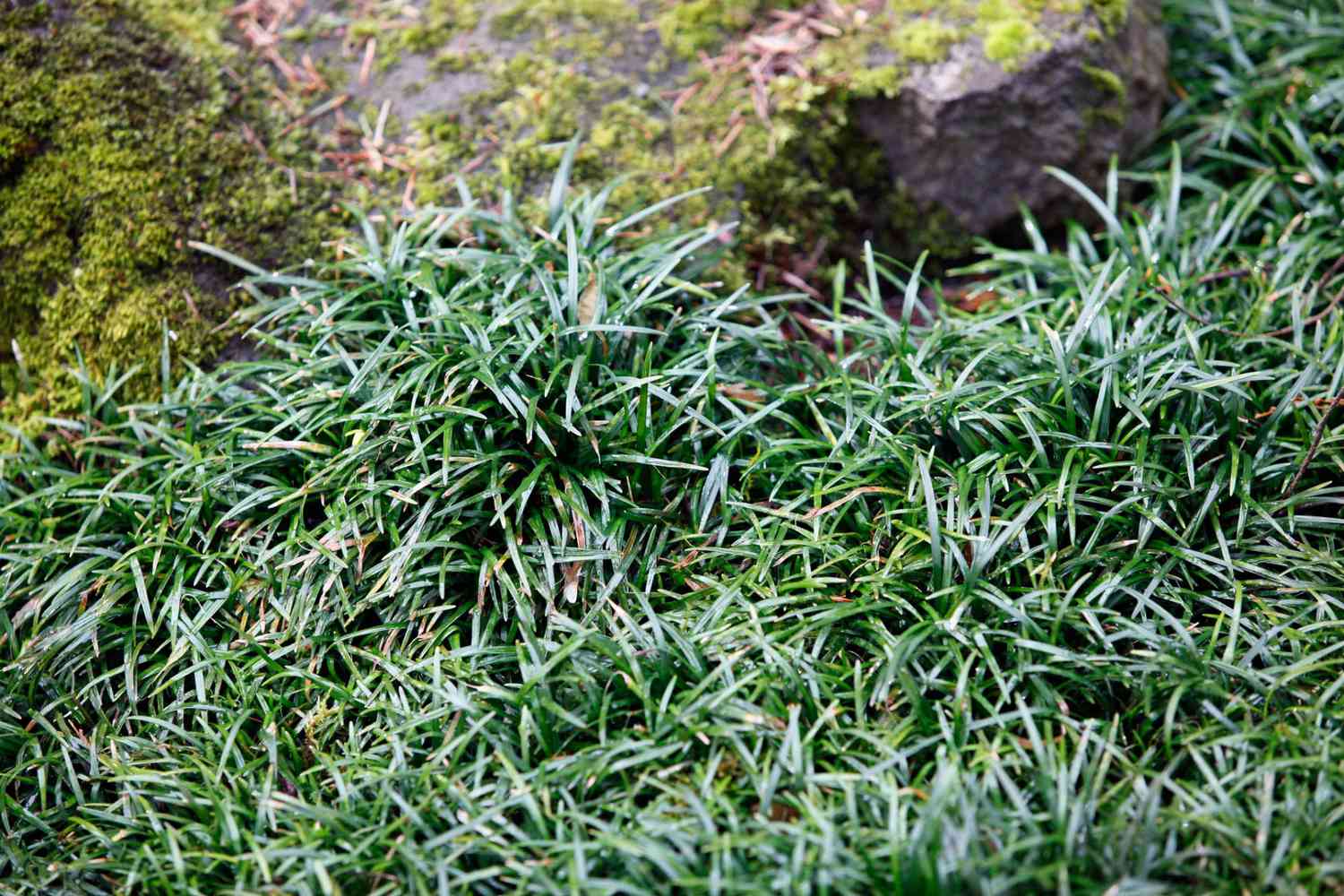
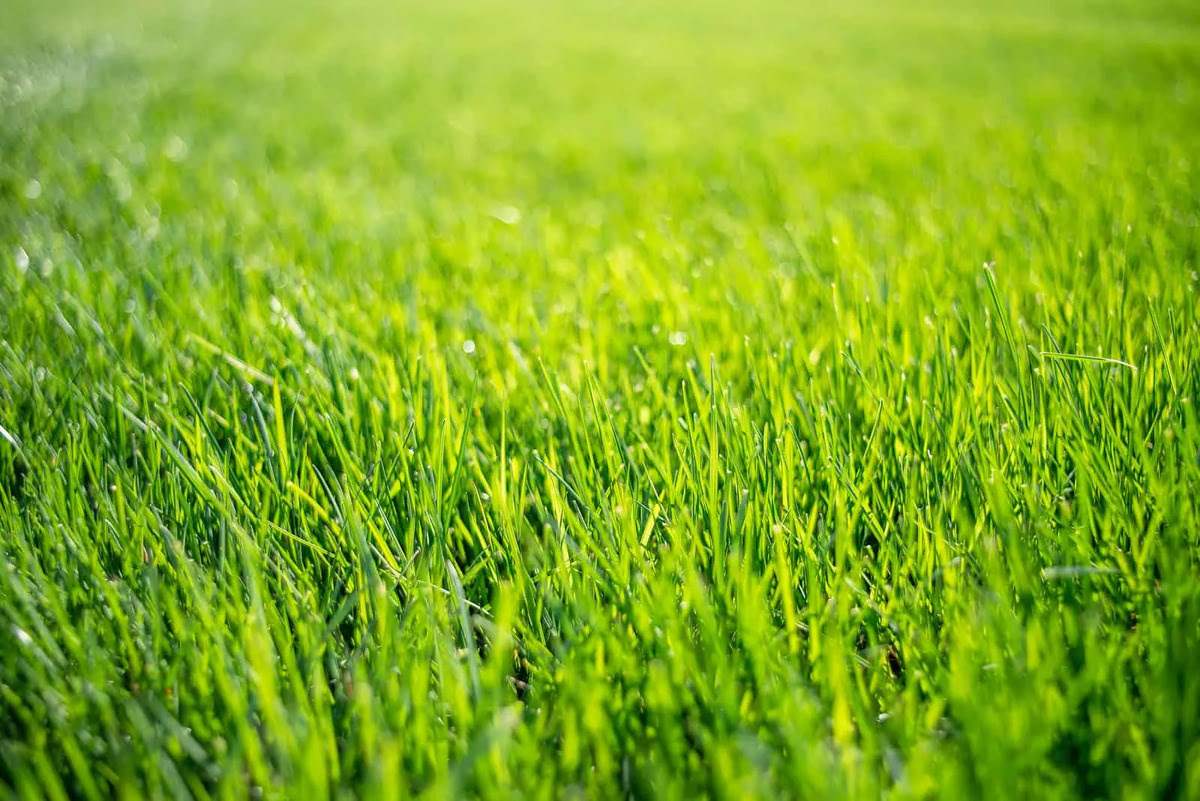
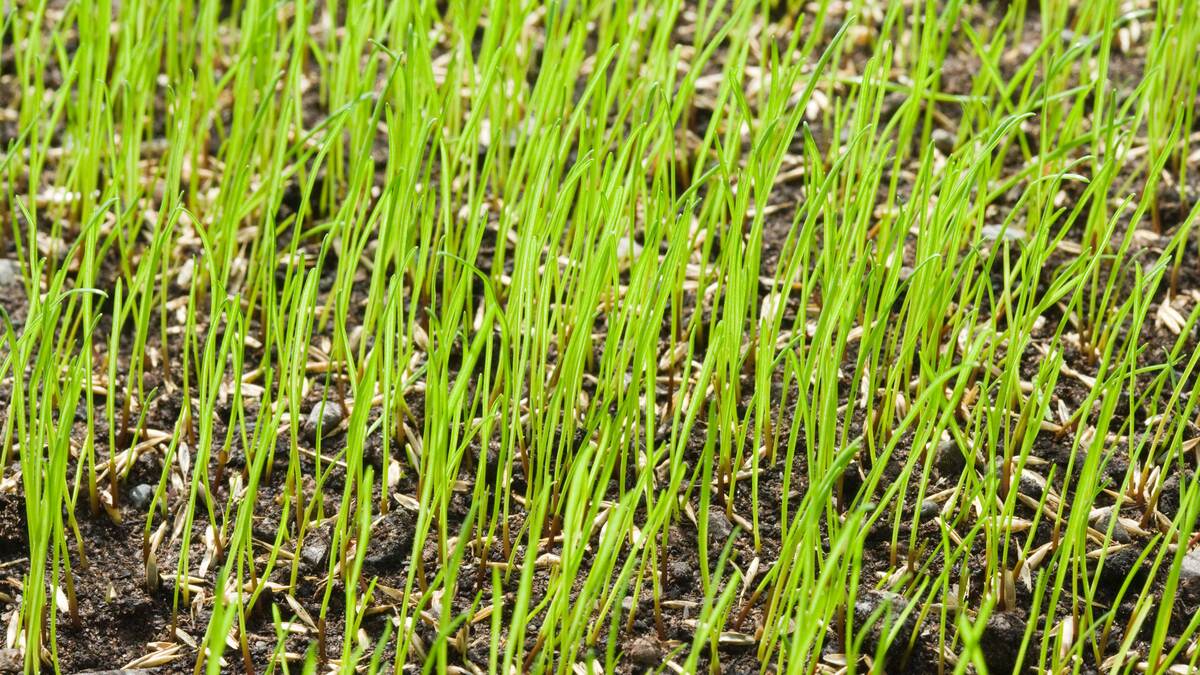

0 thoughts on “How Does Grass Grow”